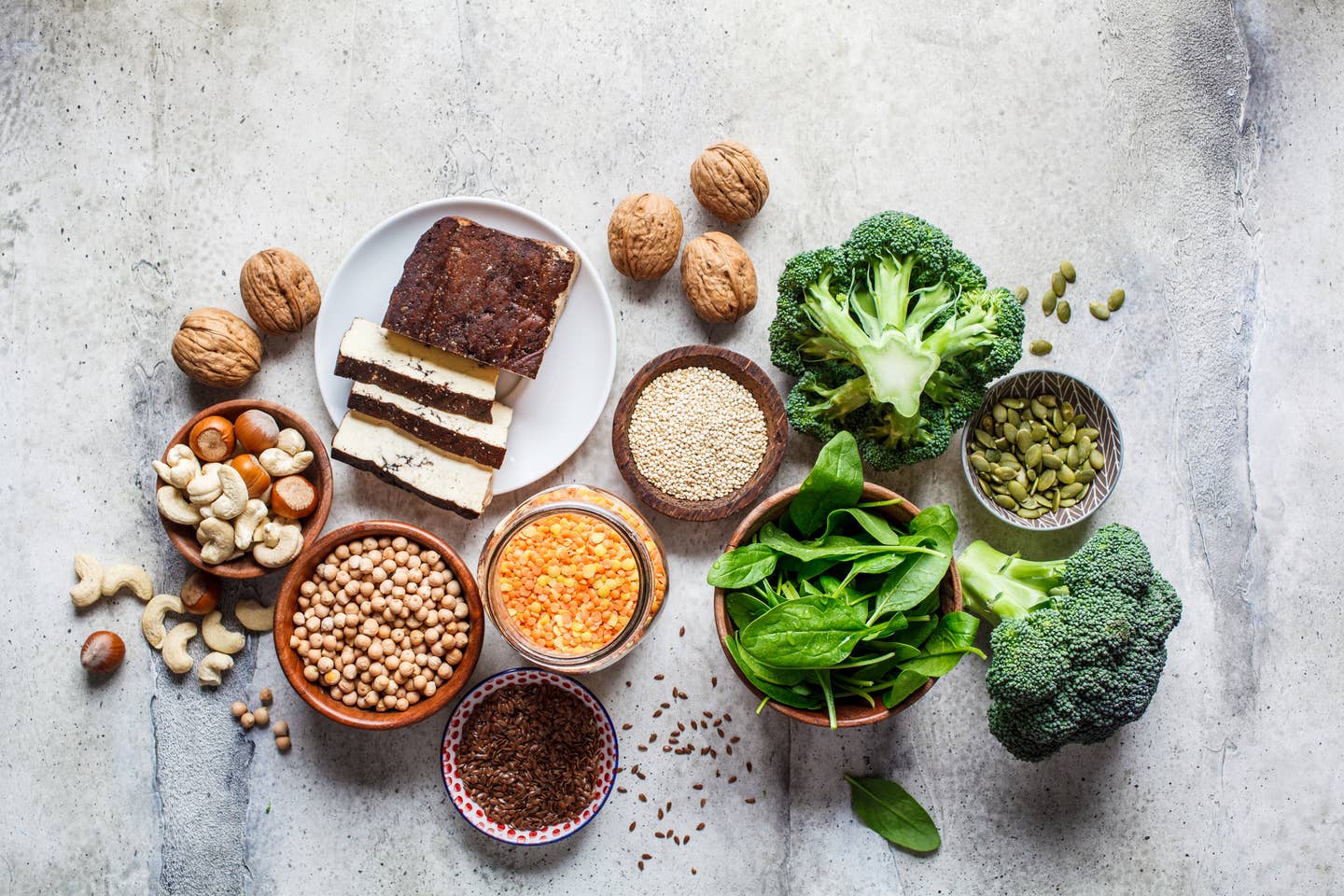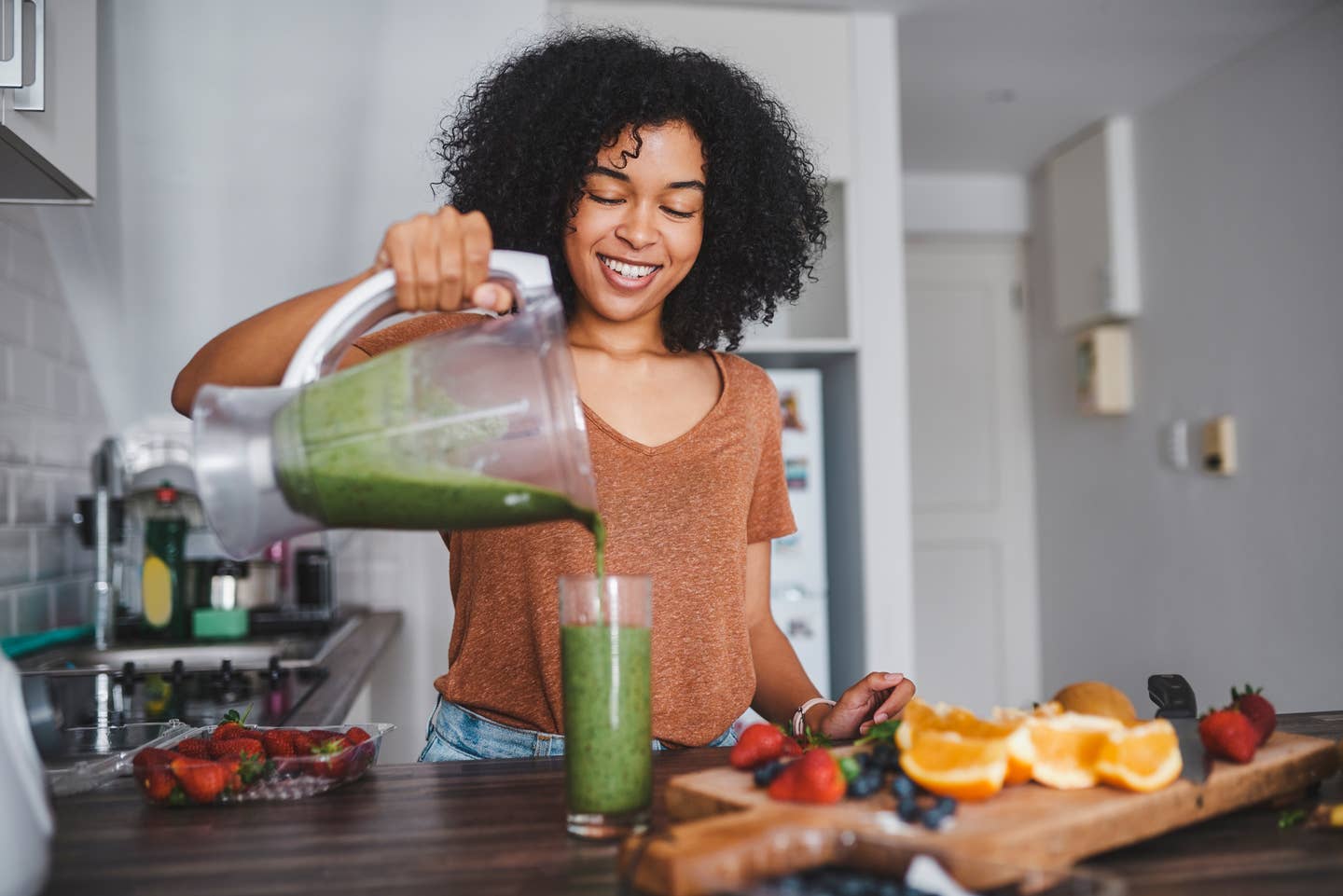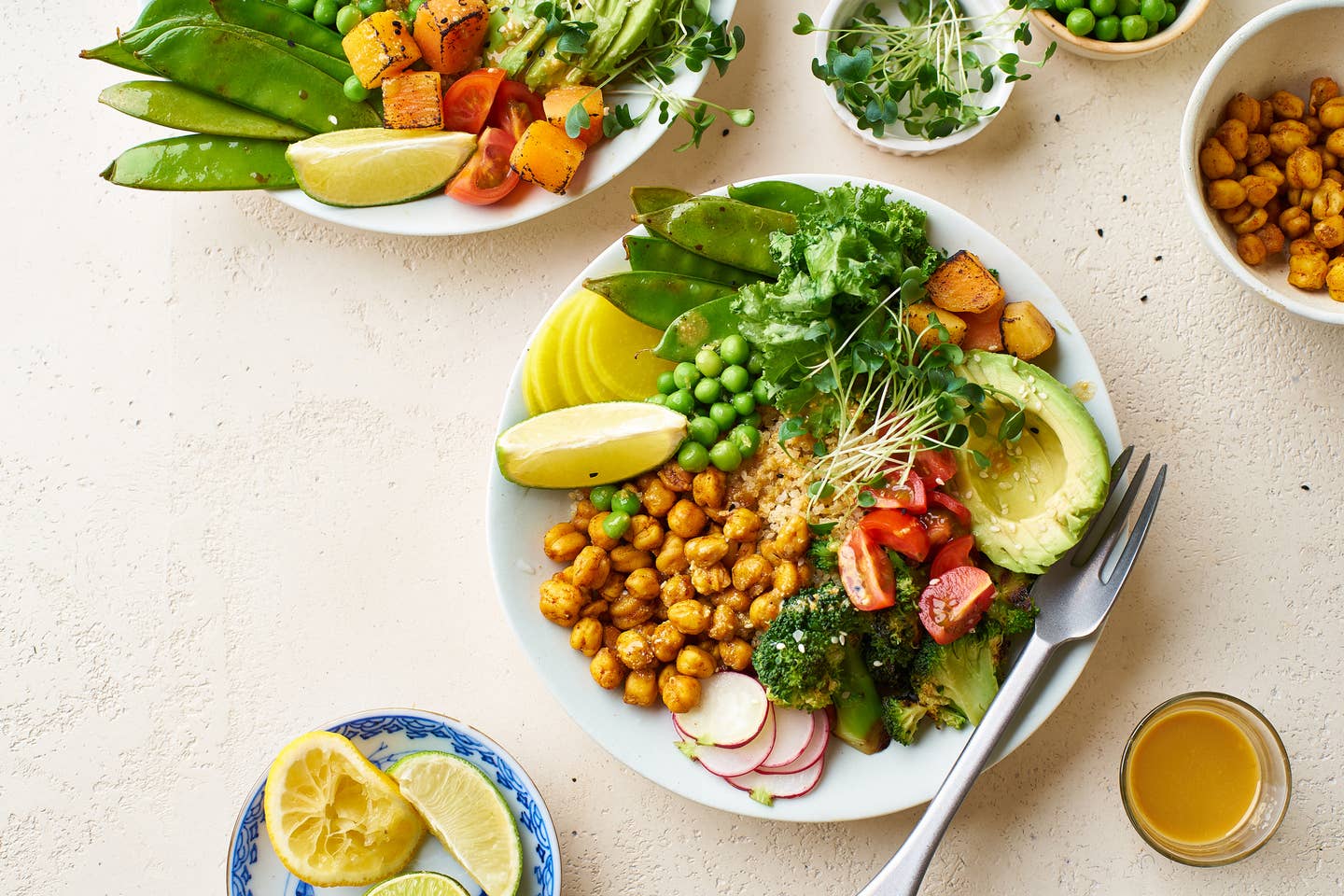
How To Get As Much Protein as a Chicken Breast in a Plant-Based Meal
If you are plant-based, you likely have heard the question “How do you get your protein without meat or dairy?” As a plant-based dietitian, I have certainly had that question asked of me, many times. And if you're thinking about going plant-based chances are it's the most pressing question you have.
We have been conditioned, in our Western society, to structure our meals around protein, with the formula of a ‘meat-starch-veggie’ as a way of thinking about our next dinner, especially, and meat or poultry (or fish) has traditionally been looked at as the main source of that protein. Remove those options, and what do we have left? Plenty, as it turns out.
Whether you're just starting your plant-based journey or well on your way toward ditching meat and dairy, it’s time that we rethink our protein sources, look to legumes and vegetables, nuts, seeds, whole grains, and the entire plant-based array of choices as clean protein sources. That starts by restructuring our view of our plates. Let me show you how you can replace that chicken (or other meat) with a plant-based equivalent, without sacrificing the protein that the meat would provide!
How Much Protein Do We Need?
Protein requirements vary widely per person, based on age, gender, physical activity levels, etc. Let’s talk about Recommended Dietary Allowance (RDA) for protein, which recommends 0.8 grams protein/kg body weight. This would mean that a 160 pound (73 kg) female would need 58 grams of protein daily. However, higher protein targets would apply for those who are physically active – ranging anywhere from 1.0 -1.8 g/kg or more. This would be 73 – 131 grams protein for a 160 lb female.
As well, research suggests that the timing of protein throughout the day matters. It has been found that there is an optimal window/sweet spot of protein that we can consume at each meal, in order to optimize muscle protein synthesis. This study suggests that that window is about 20-30 grams of protein per meal.
The takeaway: protein needs are highly individualized but certainly pay attention to the amount of protein that you’re getting at each meal – that may matter more than the total/day.
How much protein in a Chicken Breast
One 2.5 oz cooked chicken breast provides 22 grams of protein. If we pair this with one potato and 1 cup of veggies, you will get approximately 28 grams of protein. This falls very nicely within that 20-30 grams of protein per meal target that we just discussed.
Plant-based protein-equivalents to a chicken breast
1. Edamame
Edamame is a great, neutral-tasting young soybean that really is a plant-based protein star! 1 cup of cooked edamame provides 24 grams of protein – isn’t that amazing! Enjoy edamame in a salad with another grain or on top of a green salad. They are also amazing as a snack with paprika or soy sauce!
2. Seitan
Seitan is made from wheat gluten, which is the main protein found in wheat. In 3/4 cup of seitan, you will get about 21 grams of protein. Have you seen the viral seitan chicken on social media? I highly recommend this as a way to try seitan!
3. Tempeh
Now, onto one of my favorite plant-based protein sources: tempeh! Tempeh is a fermented soybean that has a firmer texture (compared to tofu) and a nutty flavor. 125 grams of cooked tempeh provides about 22 grams of protein! Enjoy tempeh as ‘tempeh bacon’ on a sandwich or as a salad/stir fry topping.
4. Tofu
Tofu is a food prepared by coagulating soy milk. Tofu can have varying amounts of firmness, ranging from silken, soft, firm to extra firm. In 125 g of firm tofu, you will get about 21 grams of protein. You can enjoy tofu in SO many ways – my favorite way to enjoy it lately is air-fried – so nice and crispy!
5. Lentils
Lentils are quite a protein-packed legume. In 1 cup of cooked lentils, you will get 19 grams of protein! One of my favorite ways to enjoy lentils is in a bean burger or falafel. Simply add the cooked lentils to a food processor to create a dough-like texture and cook on a frying pan or bake in the oven!
6. Chickpeas (or other beans) + Quinoa
Chickpeas (or other beans) will provide 16 grams of protein per 1 cup of cooked serving. You can add 1/2 cup of quinoa to this for another 5 grams of protein, to provide 21 grams of protein. Enjoy this combo in a stir fry or chili!
7. Bean Pastas
There are so many wonderful bean pastas on the market, which I almost always recommend as a go-to for new plant-based eaters. They are typically made from chickpeas, black beans, lentils, and edamame. They provide 23 grams of protein per 3.5 oz serving – impressive! Who would have thought that pasta could be so protein-heavy?
8. Hemp Seeds (in a smoothie)
In 1/4 cup of hemp seeds, you will get 13 g of protein. If you pair this with 1 cup of soy milk in a smoothie, for example, you will get about 20 grams of protein. You won’t get as much protein if you make a smoothie with another plant-based milk, such as almond or cashew. However, pea milk does pack a good protein punch, just like soy milk!
Protein Beyond Animal Sources
As you can see, there are many ways to get the amount of protein that a chicken breast will provide. Now, what is stopping you from shifting your diet more in the plant-based direction? I encourage you to have fun experimenting in the kitchen with these options that I have showcased!
More From The Beet






